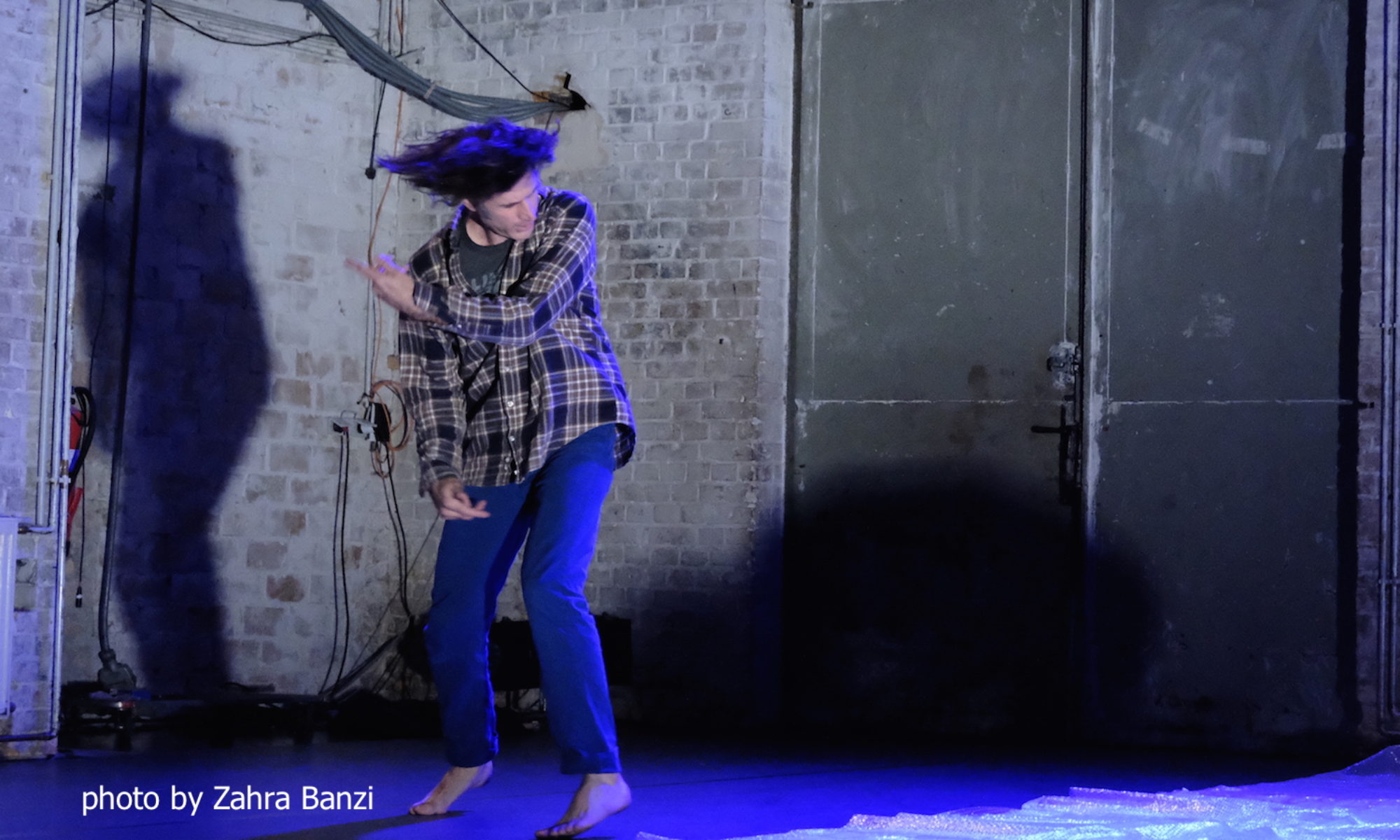The absence of an empirical definition of what is meant by improvisation has been an obstacle to conceptual clarification.
Expanding Descartes

where pure noetic moments reside
On the other hand, however, noesis can be also divided into a dynamic side, where pure noetic moments reside, and the passive side of hyletic data.- Kosowski, Lukasz.
Phenomenology & Mind : Noema and Thinkability : An Essay on Husserl’s Theory of Intentionality. Munchen, DEU: Walter de Gruyter, 2013. ProQuest ebrary. Web. 21 December 2015.
Copyright © 2013. Walter de Gruyter. All rights reserved.
To paraphrase Duke paraphrasing Quantz
An increase in the number of people performing reduces the proportionately the freedom to improvise – Quantz
Quantz, Johann Joachim. On Playing the Flute. Edited with introduction and notes by Edward R. Reilly. New York: The Free Press, 1966.(First German edition by Johann Friedrich Voso, Berlin, 1752.)
A bias against Improvisation?
Houston-Jones’ choreography, while rooted in improvisation, develops the themes of connections that never quite happen, grappling and wrestling that seem inconsequential and ineffective, and support that disappears.
Why use the word while?
Homogeneity

if we are so varied, why are our politicians so homogenous?
Oh, the Places you’ll go
This means that every act that is composed of A, is also composed of A’s predecessor and successor. – Phenomenology & Mind : Noema and Thinkability : An Essay on Husserl’s Theory of Intentionality by Lukasz Kosowski pg 67.
in other words: Where you are is determined by where you have been and determines where you can go.
Form
In artworks, form is aesthetic insofar as it is an objective determination. Its locus is precisely where the work frees itself from being simply a product of subjectivity. – Theodor Adorno, Aesthetic Theory pg. 142
re-lease technique
As a choreographer, a dancer, a dance maker, and a performance theorist, I try to learn and understand as much as possible about my chosen field(s) of knowledge production. This knowledge accumulation process involves seeing a variety of performance, ranging from performances happening in black boxes and white boxes, high budget and low budget performance. It also entails reading a variety of books about visually oriented work – a history of ballet, Barthes, 7 Days in the Art World. So, yeah, me! I’m trying to expand my mind/range.
What particularly interests me, though, are the roots or building blocks of all this textual knowledge, i.e., words. And as I am a (stuck, maybe) a post modern dancer, I am interested in taking apart ideas to see what the inner workings of it are. But enough of this, let’s cut to the chase.
Release technique. What is it? Wikipedia, the compendium of all current truth and knowledge, defines it as “…an umbrella term that encompasses a variety of different corporeal practices that emphasize efficiency of movement in dance. Emphasis is placed on breath, skeletal alignment, joint articulation, ease of muscular tension and the use of gravity and momentum to facilitate movement.”
Fine, sounds good. We’ll take it. But let’s go deeper. Re-lease. The prefix of re- denotes something happening again, as in a re-petition of something. As in a rechaulking of your bathroom tile because it is so old and you don’t want the water to leak through to the walls and floor and cause the wood to rot.
And what is the lease that is happening again? Well, a lease, if you have ever rented an apartment or leased a car, is a contract. You sign your name on a piece of paper saying that you will pay so much a month to be able to store all your stuff (cue George Carlin) and cook, sleep, shower and shave in a place for a given period of time. For a car, it’s slightly different. I am not exactly sure because I have never leased a car. Why you sign a lease to rent an apartment, but sign a contract to rent a car, I don’t know.
Regardless, and not irregardless(!), a lease involves a contractual agreement between two parties for a specific amount of time. Contractual…what word is hidden in there? Contract. And what contracts? Muscles. Yes, muscles. So what do we have thus far?
Release is a repetition of a contract between two parties for a specific amount of time.
In the human body those two parties could be said to be the myosin fibers of the muscles that pull against each other when the nerve attached to that muscle receives a the signal to sign the contract. And as something can only contract again if it has been relaxed, release technique is not the “focus on the ease of muscular tension” but actually the opposite. It is the focus on the repeated engagement of muscles, or focus on the repeated creation of muscular tension.
Same coin, but the opposite side.
Teleological Posited Goal
“Investigation…uncovers what is going on independent of any consciousness in the objects in question, while on the other hand it discovers in them new combinations and new functional possibilities which need to be set in motion in order to realize the teleologically posited goal.” pg 11-12 The Ontology of Social Labor 3. Labour by Lukács.
This to me sounds like the experimentation phase of improvisation.
Also had the thought that improvisation has no teleologically posited goal. Unless it is scored and that is the teleologically posited goal.
